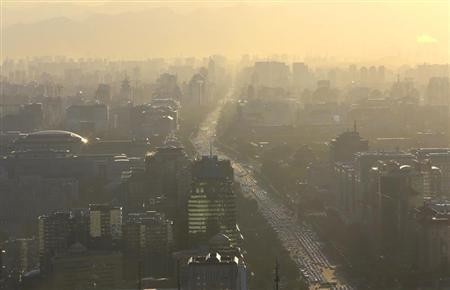The Ministry of Environmental Protection released a communiqué on Monday, July 26, stating that China has observed considerably less acid rain in the first half of 2015. The finding is indicative of the gradually improving air quality in different parts of the country.
According to the communiqué regarding the environmental condition of the country in the first half of 2015, 164 out of 470 cities that observe precipitation nationwide have been affected by acid rain. The average PH value of rainfall in cities affected by acid rain has also dropped from 5.6 to 4.5 percent.
Aside from a decreased percentage on average PH levels in rainfall, the total area of regions affected by acid rain has also lowered 2.4 percentage points from 7.6 percent year on year.
Acid rain refers to a mix of wet and dry deposition in the atmosphere, which contains above-average amounts of nitric and sulfuric acids. Factors that contribute to acid rain formation include decaying vegetation, volcanoes and man-made sources, particularly emissions of nitrogen oxides and sulfur dioxide from fossil fuel combustion.
Effects of acid rain range from acidification of bodies of water, tree and forest soil damage, and the acceleration of the decomposition of building materials and paints. Acid rain also affects human health.
Areas usually affected by acid rain include the Pearl River Delta, southwest Chongqing, the Yangtze River Delta, and the southern portion of the middle and lower reaches of the Yangtze River. The two delta regions are economic hubs and encompass the cities of Guangzhou and Shanghai.
Compared with last year, air quality in the Pearl River Delta region, the Yangtze River Delta region, and the Beijing-Tianjin-Hebei region has also improved, said the communiqué.
The same cannot be said about water quality, however, as only 2.7 percent of 265 monitored sites reached "excellent" water quality, a 1.1-percentage-point decrease from last year.



























